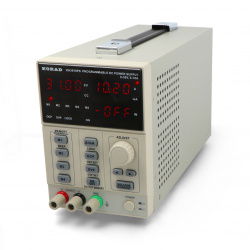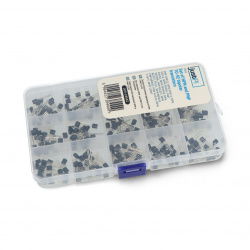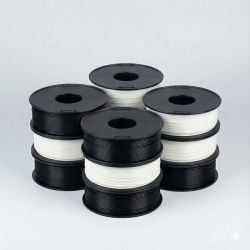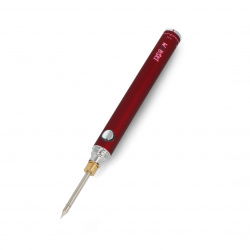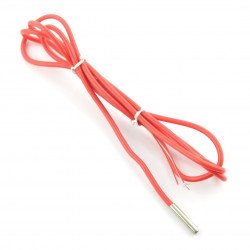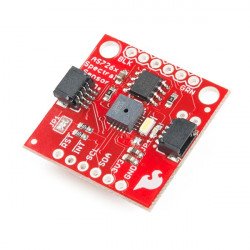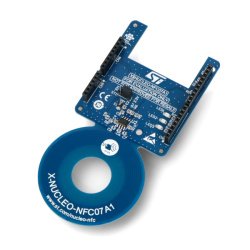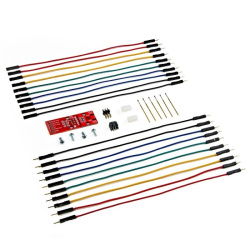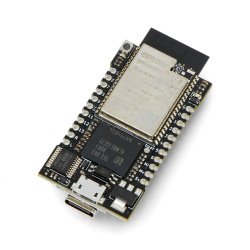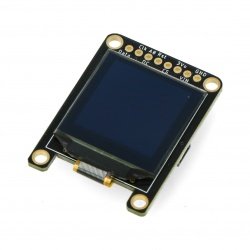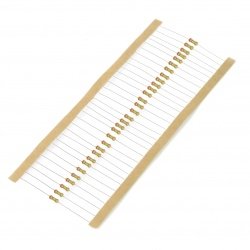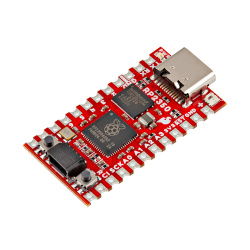Difficult beginnings
In the 1950s, light-emitting diodes were not designed to work at room temperature and had to be immersed in liquid nitrogen to work at all. The first commercially available light-emitting diodes emitted light only in the infrared, yet they were soon used in photoelectric sensors. In 1971, with the development of better semiconductor materials, diodes began to be produced in green, orange, and yellow. This led to the development of the first LED signal lamps. It was not until 1993 that Shuji Nakamura created the first blue LED and improved the green InGaN diode. Then he also developed the white LED.
Continuous development of LEDs
Since 2006, the first light-emitting diodes with a luminous efficiency of 100 lm/W are produced. Four years later, in laboratory conditions can achieve a luminous efficiency of 250 lm/W. Led technology is constantly improved - further development is directed towards OLED technology, which is considered to be the future of the lighting market. Organic light-emitting diode, or OLED is produced from organic compounds. They are found in the construction of flexible displays, televisions or LED signal lamps. OLED displays are extremely thin due to the fact that there is no need to illuminate them as the diodes generate light on their own.
Specification and design
An organic light-emitting diode is made of several very thin layers of materials superimposed on each other. It has two conductive electrodes: the anode and the cathode, followed by a conductive layer and an emissive layer. As their substrate, there is usually a film or glass. Thanks to its mass application in smartphones, since 2012 OLED technology is becoming more and more widely used in televisions due to its many advantages - contrast and brightness the best among current displays, color reproduction unattainable for other technologies, or the ability to curve the screen surface. Additionally, for those who care about our planet, OLED production does not use mercury, which makes them more environmentally friendly.
A scratch on the glass
Thanks to the simple design and lack of backlighting, mass production costs are significantly lower compared to LCD displays and plasma panels. Lower power consumption also affects the lower cost of ownership of OLED displays. Thanks to the use of a transparent substrate, the display can show the image from both sides, which gives a virtually unlimited viewing angle. There is, of course, a "but" in the whole palette of advantages - it's the lifespan of organic materials, susceptibility to environmental factors, and the higher power consumption of LCD screens when displaying white and bright elements. The blue OLED diode can end its life after about 5000h.






























































































































































































































































































































